B. Barbara, B. Barbara, Y. Imry, G. Sawatzky, P.C.E. Stamp1402085109, 978-1-4020-8510-9, 978-1-4020-8511-6, 1402085117, 1402085125, 9781402085123
Magnetism is a somewhat peculiar research field. It clearly has a quantum-mechanical basis the microsopic exchange interactions arise entirely from the exclusion principle, in conjunction with respulsive interactions between electrons. And yet until recently the vast majority of magnetism researchers and users of magnetic phenomena around the world paid no attention to these quantum-mechanical roots. Thus, eg., the huge ($400 billion per annum) industry which manufactures hard discs, and other components in the information technology sector, depends entirely on room-temperature properties of magnets – yet at the macroscopic or mesoscopic scales of interest to this industry, room-temperature magnets behave entirely classically.
This situation has now begun to change, and the quantum collective properties of magnetic systems, for so long of interest only to a few, have begun to move to centre stage. There are several reasons for this. One is the increasing use of low temperatures in industrial and applied research labs, and the recognition that the low-T properties of many new magnetic materials are of great potential use in future devices. Another is the emergence of nanoscience, and its offshoot nanotechnology, as an important new discipline the majority of high-tech applications of nanotechnology so far envisaged will also be low-temperature ones. All this has meant that collective quantum phenomena, occurring at low T in quantum dots, magnetic molecules, and nanoscopic conductors, have suddenly become interesting to more than just pure physics researchers. The design of new magnetic quantum materials, of spin-based quantum devices in low-dimensional geometries, and quantum nanomagnetic systems, using either physical or chemical techniques, has now become the concern of many applied physicists and chemists.
An interesting by-product of this broader interest in collective quantum spin phenomena has been the increasing focus, by applied physicists and even start-up companies, on some of the more exotic theoretical ideas current in quantum magnetism. These draw upon various branches of quantum field theory (including topological field theory, the theory of decoherence, and string theory), quantum computation, and upon older fields like spin glass theory and the theory of quantum phase transitions – all of which are fairly esoteric. Some of these ideas have found more application in cosmology or string theory than in condensed matter physics so that their use in designing circuit arrays for quantum information processors, or spintronic devices, may seem disconcerting to some. Yet from another point of view it simply confirms the broadly unified nature of the principles and techniques used in theoretical physics.
For the PITP/Les Houches school a number of topics of prime interest were selected, and these reflect the interests of a broad community. They were as follows: (1) Magnetism at the Microscopic Scale. (2)В Exotic Order in Quantum Magnets. (3) Disordered Magnets. (4) Quantum Nanomagnetism. (5) Large-Scale Quantum Phenomena in Magnets.
All of these fields are evolving rapidly as this volume was going to press, new discoveries were being made on graphene and on the behaviour of dipolar quantum spin glasses, and physicists were digesting the discovery of room-temperature Bose-Einstein condensation of magnons in YIG films. However it is clear that the questions, issues, and techniques in these areas will be of central interest for many years to come.
Table of contents :
Cover……Page 1
Quantum Magnetism……Page 2
NATO Science for Peace and Security Series……Page 3
Title……Page 4
ISBN 978-1-4020-8511-6……Page 5
Preface……Page 6
Contents……Page 9
A Gentle Introduction to the Functional Renormalization Group: The Kondo Effect in Quantum Dots……Page 14
A Simple View on the Quantum Hall System……Page 31
Halfvortices in Flat Nanomagnets……Page 46
Spin Structure and Dynamical Magnetic Response of Spin-Orbital Polarons in Lightly Doped Cobaltates……Page 60
Quantum Corrections to the Ising Interactions in LiY1-x HoxF4……Page 67
Spin-Orbital-Lattice Physics in Ca-Based Ruthenates……Page 77
Local Moment Approach to Multi-Orbital Anderson and Hubbard Models……Page 95
High Field Level Crossing Studies on Spin Dimers in the Low Dimensional Quantum Spin System Na2T2(C2O2)3(H2O)2 with T = Ni, Co, Fe, Mn……Page 106
Quantum Nanomagnets and Nuclear Spins: An Overview……Page 134
Quantum Dimer Models and Exotic Orders……Page 148
Imaging Transverse Electron Focusing in Semiconducting Heterostructures with Spin-Orbit Coupling……Page 160
Spectroscopic Analysis of Finite Size Effects Around a Kondo Quantum Dot……Page 172
Effective Magnus Force on a Magnetic Vortex……Page 184
Anisotropic Exchange in Spin Chains……Page 202
A Review of Bose-Einstein Condensation in Certain Quantum Magnets Containing Cu and Ni……Page 248

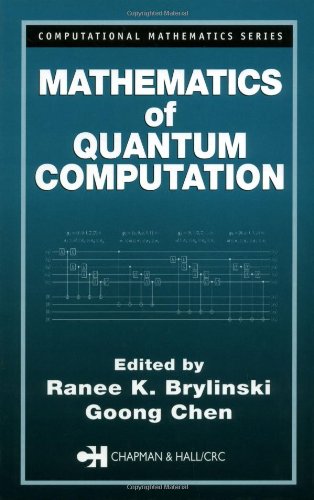
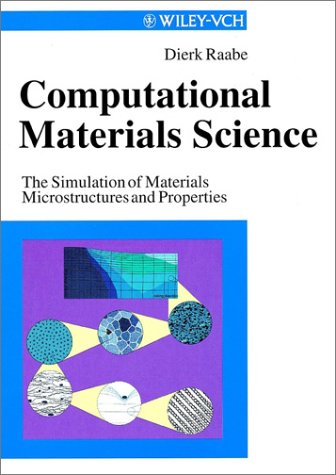
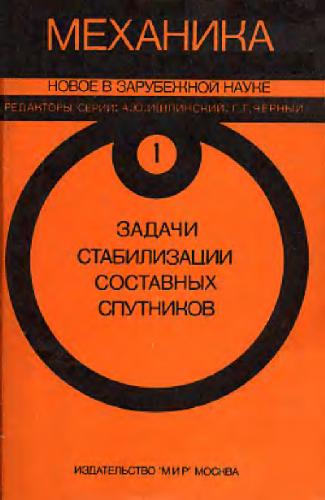
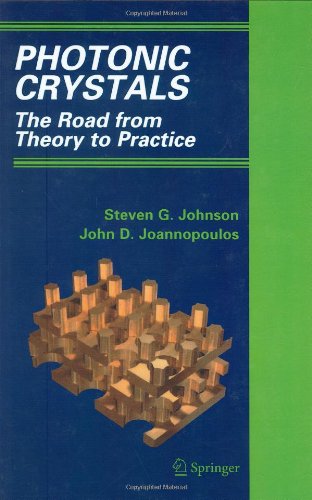

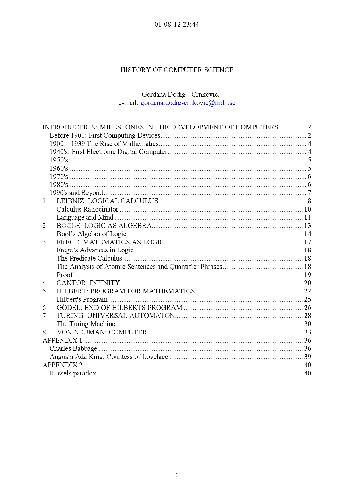
Reviews
There are no reviews yet.